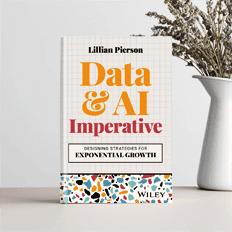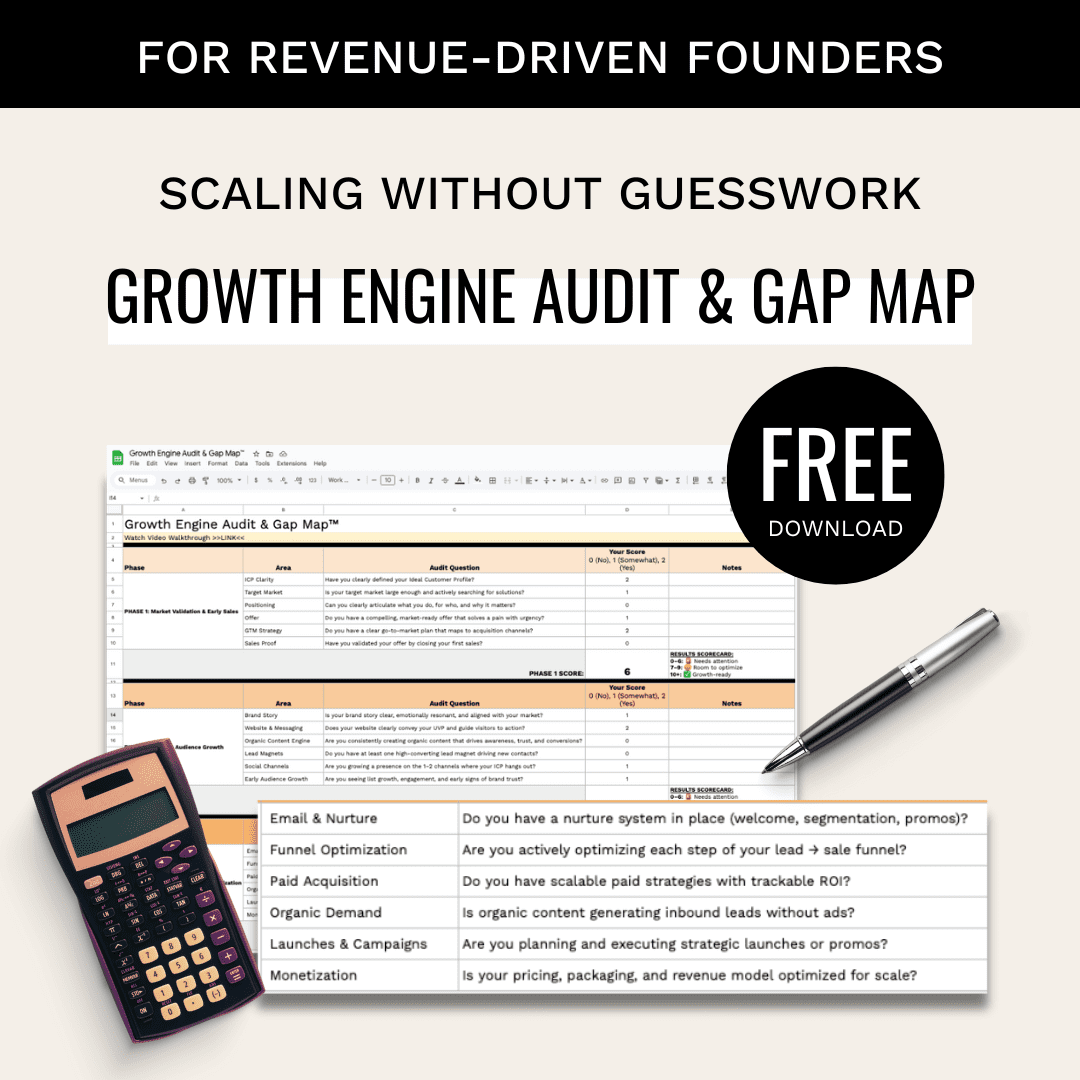AI lead scoring transforms how sales and marketing teams identify and prioritize potential customers. By analyzing data like website activity, email engagement, and purchase history, AI predicts which leads are most likely to convert. Here’s why it matters:
- Better Lead Prioritization: Focus on high-potential leads using data-driven insights.
- Sales & Marketing Alignment: Create a shared evaluation system for seamless collaboration.
- Improved Efficiency: Automate lead scoring, saving time and resources.
- Higher Conversion Rates: Target the right leads faster and increase sales performance.
AI lead scoring combines real-time data with predictive analytics to help businesses make smarter decisions and maximize ROI. Ready to learn how it works? Let’s dive in.
Main Benefits of AI Lead Scoring
Improved Lead Quality Assessment
AI lead scoring takes lead quality assessment to the next level by using predictive analytics. It evaluates complex behavioral patterns and engagement signals to pinpoint leads with the highest potential.
It processes multiple data points at once, such as:
- Website navigation behavior
- Depth of engagement with content
- Indicators of purchase intent
- Historical conversion trends
- Interactions across different channels
This detailed analysis helps teams focus their efforts on leads most likely to convert, ensuring better use of time and resources. It also fosters stronger collaboration among team members.
Bridging Sales and Marketing Data
AI lead scoring eliminates the disconnect between sales and marketing by creating a shared data platform. This system allows for:
- Real-time data sharing between both teams
- Standardized lead evaluation methods
- Automated lead routing based on scoring thresholds
- Unified reporting and analytics
By aligning sales and marketing efforts, businesses can see noticeable improvements in sales performance.
"By hiring a fractional CMO that’s worked across many industries, you’re ensuring that you get access to the most innovative ideas and successful tactics that work from one domain to another. This will enrich your marketing approach with the breadth of perspectives you need to thrive." – Lillian Pierson, Data-Mania
Boosted Sales Performance
AI lead scoring directly impacts sales results by helping teams prioritize leads and respond faster. Its ability to identify actionable patterns ensures that sales teams focus on the leads that matter most.
Some key benefits include:
- Better prioritization and use of resources
- Quicker responses to high-value leads
- Increased conversion rates
- Improved return on marketing investments
This level of efficiency supports the case for investing in advanced marketing leadership strategies.
| Traditional Scoring Challenges |
|---|
| Limited focus on demographics |
| Manual updates to scoring systems |
| Rigid, rule-based approaches |
| Slow adaptation to market changes |
| Isolated team data |
Data Sources for AI Lead Scoring
Direct Customer Data
AI lead scoring relies heavily on first-party data to create detailed lead profiles. Key sources include:
- Website interaction metrics: Metrics like page views, time spent on specific pages, and downloads reveal lead interest. For example, extended visits to pricing pages or downloading multiple case studies can indicate a strong potential customer.
- Email engagement data: Insights such as open rates, click-throughs, response times, and content preferences provide a clear picture of a lead’s behavior and level of interest.
- Form submissions and profile updates: These offer critical demographic and firmographic details, helping validate a lead’s quality and intent.
| Data Type | Scoring Impact |
|---|---|
| Website Behavior | High – reflects active interest |
| Email Engagement | Medium – shows ongoing interest |
| Form Submissions | High – signals clear intent |
| Profile Updates | Medium – highlights status |
While first-party data is crucial, external data adds valuable context to these insights.
External Data Sources
External data enhances AI lead scoring by providing a broader market perspective. Key sources include:
- Company data platforms: These provide essential business details like revenue, employee count, technology stack, recent funding rounds, and industry classification.
- Market intelligence feeds: These help AI systems track industry trends, growth rates, competitor activity, and regulatory changes that might influence lead behavior.
Such external inputs enable AI systems to stay responsive to changes in the market landscape.
Chat and Message Data
Communication channels also play a big role in lead scoring. Platforms analyze data from:
- Live chat interactions: Questions about product features, pricing, or implementation timelines help gauge a lead’s interest level.
- Support tickets: Details like resolution paths, technical requirements, and integration discussions provide additional signals about lead intent.
Performance Tracking
Success Metrics
To ensure AI lead scoring is working effectively, focus on tracking key performance indicators (KPIs). Some important metrics to monitor include:
- Conversion rate changes: Check how AI scoring influences conversion rates across various lead segments.
- Lead quality indicators: Assess how accurately AI predicts lead quality by analyzing:
- Lead-to-opportunity conversion rates
- Average deal size based on lead scores
- Time taken to qualify leads
- Sales team acceptance rates for AI-scored leads
These metrics help highlight improvements in lead quality and sales efficiency. Use this data to clearly connect operational improvements to financial outcomes.
ROI Measurement
To measure ROI, compare the costs of setup, maintenance, training, and integration with the benefits. These benefits can include increased revenue per lead, better productivity, and lower customer acquisition costs. By balancing these factors, you can evaluate the financial impact of your AI lead scoring system.
sbb-itb-e8c8399
How to Grow Sales through Predictive Lead Scoring
Implementation Guide
Using performance tracking insights, these steps outline a process to keep improving AI lead scoring.
Continuous Improvement Process
To fine-tune AI lead scoring effectively, businesses should:
- Update marketing strategies and scoring criteria to stay aligned with evolving business goals.
- Focus on KPIs and measurable outcomes by adopting processes that can grow with your needs.
- Incorporate feedback and market insights to keep the system evolving and relevant.
Wrapping It Up
AI lead scoring is reshaping how sales and marketing teams work together to achieve better outcomes. It offers precise lead qualification, smarter decision-making, and improved collaboration across teams.
AI lead scoring delivers clear advantages. Businesses can lower customer acquisition costs, uncover new market opportunities, and allocate resources more effectively based on AI-driven insights.
To make the most of AI lead scoring, focus on these three key priorities:
- Strong Leadership: Bring in experienced marketing leaders to spearhead the AI lead scoring initiative. This could mean leveraging in-house expertise or hiring fractional CMO services.
- Empowered Teams: Provide thorough training and ongoing support to both sales and marketing teams so they can fully utilize the AI system.
- Smart Resource Management: Allocate adequate budgets and resources to ensure both strategic planning and execution of AI-driven lead scoring efforts are successful.
These steps create the foundation for AI to drive meaningful and lasting growth.
The path forward for lead scoring lies in leveraging AI effectively, backed by capable leadership and skilled teams. With a clear implementation plan and a commitment to continuous improvement, businesses can unlock the full potential of AI lead scoring and see real progress in their sales and marketing efforts.
FAQs
How does AI lead scoring help sales and marketing teams work better together?
AI lead scoring enhances collaboration between sales and marketing by providing data-driven insights that align their efforts. By analyzing customer data, AI assigns scores to leads based on their likelihood to convert, helping both teams focus on high-priority opportunities.
For marketing, this means targeting campaigns more effectively, while sales teams can prioritize outreach to the most promising prospects. This shared focus reduces friction, improves communication, and drives better results for both teams.
What types of data are essential for AI lead scoring, and how do they improve lead quality evaluation?
AI lead scoring relies on several key types of data to evaluate and rank leads effectively. Demographic data (like job title, company size, and location) helps assess whether a lead fits your target audience. Behavioral data (such as website visits, email engagement, and content downloads) provides insights into a lead’s interest and readiness to engage. Additionally, firmographic data (industry, revenue, and market segment) contributes to understanding how well a lead aligns with your ideal customer profile.
By combining these data types, AI can deliver more accurate and objective lead scores. This ensures sales teams focus on high-potential leads while marketing teams refine strategies to attract similar prospects, ultimately improving collaboration and driving better results.
What metrics should you track to measure the success of an AI lead scoring system?
To measure the success of an AI lead scoring system, focus on key performance indicators (KPIs) that reflect its impact on your sales and marketing efforts. Some essential metrics include:
- Lead Conversion Rate: Measure the percentage of leads that move through your sales funnel and become paying customers. A higher conversion rate indicates more accurate scoring.
- Sales Cycle Length: Track how long it takes to close a deal. A shorter sales cycle suggests that your team is focusing on high-quality leads.
- Revenue Growth: Evaluate the contribution of AI-scored leads to overall revenue. This helps determine whether the system is driving tangible business outcomes.
- Alignment Between Sales and Marketing: Monitor collaboration metrics, such as the percentage of leads accepted by sales or feedback from sales teams on lead quality.
Regularly reviewing these KPIs will ensure your AI lead scoring system is delivering measurable value and helping your team achieve its goals.
Related posts
- AI Agents in Marketing: The Secret to Driving 10x Engagement & Conversions
- 5 Ways AI Can Optimize Marketing ROI for your Tech Startup
- Collaborative Lead Scoring for B2B Teams
- AI Lead Scoring: Basics for B2B Marketing





